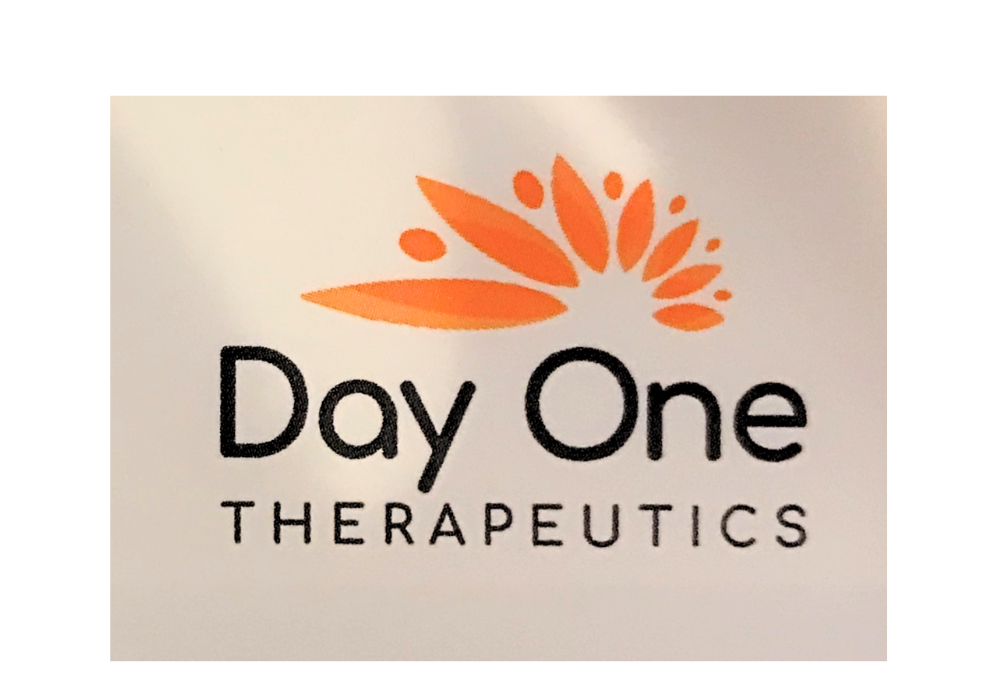Last month, I read an article in the New York Times about a regimen generated with the help of AI using a drug that was repurposed to treat a rare and aggressive blood disorder called POEMS syndrome in a patient who had been battling the disease for a year. This was a last-ditch effort – he had already been asked to choose where he wanted to die – at home or in the hospital. According to the article, within a week of the new regimen, the patient showed a positive response, and within months he was in remission.

The article stayed with me, not just because of the promising outcome for this patient, and potentially others, but also because of its similarity to our start at Day One Biopharmaceuticals. We were founded to address the lack of new therapies for children with cancer that have resulted from traditional drug development efforts. Children with cancer and their families wait for years for new, life-changing treatments. As Day One was getting off the ground in 2019, Takeda had decided to cease development of tovorafenib (previously known as TAK-580 at Takeda and MLN2480 at its original developer, Millenium) in adults cancer patients. Fortuitously, champions for pediatric cancer within Takeda convinced their leadership to out-license the drug to a new biotech company interested and qualified to move the program forward. That company was Day One. Four years later, in April 2024, we received FDA approval for children with relapsed or refractory pediatric low-grade glioma (pLGG).
Discovering new applications for sometimes decades-old, mature drugs isn’t new. Indeed, it has been an important area of work for certain patient populations for many years. Look no further than the storied history of thalidomide, now being used for the treatment of multiple myeloma, and propranolol which is being investigated for its use in angiosarcoma.
As we all know, the need for new, targeted therapies for cancers and other rare diseases remains urgent. This is especially true in pediatric oncology, where there has long been an innovation gap.
Our first commercial product has been foundational for Day One’s growth and has enabled us to do more for patients and their treating physicians who urgently need new therapies. We would not be in the position we are today to identify and advance new programs that have best-or first-in-class potential as new medicines had it not been for the long and windy path tovorafenib traveled over the course of many years.
We’re using what we call a Search & Develop (S&D) strategy with the goal of making a real difference in the treatment of the right patients at the right time. This can be applied to the development of previously shelved agents or novel targeted agents. An example is our recent acquisition of DAY301, a potential first-in-class Antibody Drug Conjugate (ADC) that may have broad applicability in adult and pediatric solid tumors. A Phase 1 trial of DAY301 in patients started earlier this year.
Can our S&D strategy get new medicines into the hands of kids and adults with rare, hard to treat cancers faster? Given drug research costs are projected to continue rising and the average cost of bringing a new drug to market is estimated at $1.3B driven by factors including increased trial complexity and challenging research areas, our approach is certainly a practical one.
I am inspired by Dr. Fajgenbaum and his team at the University of Pennsylvania who were behind the innovative approach regimen that saved the patient’s life discussed in the NYT. I look forward to sharing more stories like this in the near future, including drugs that we are developing at Day One that will hopefully change the life trajectories of both pediatric and adult patients.
